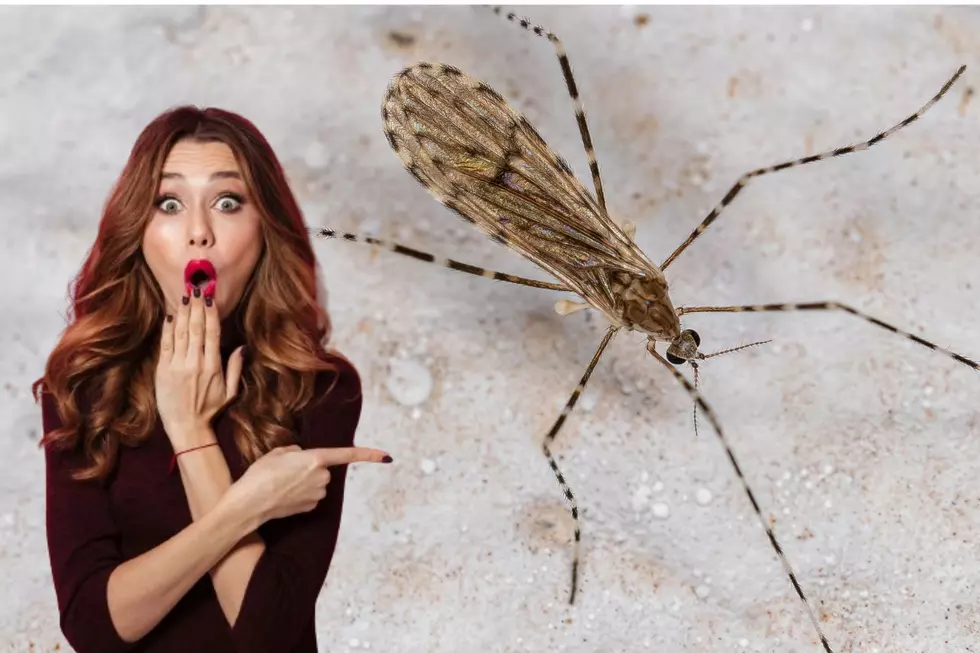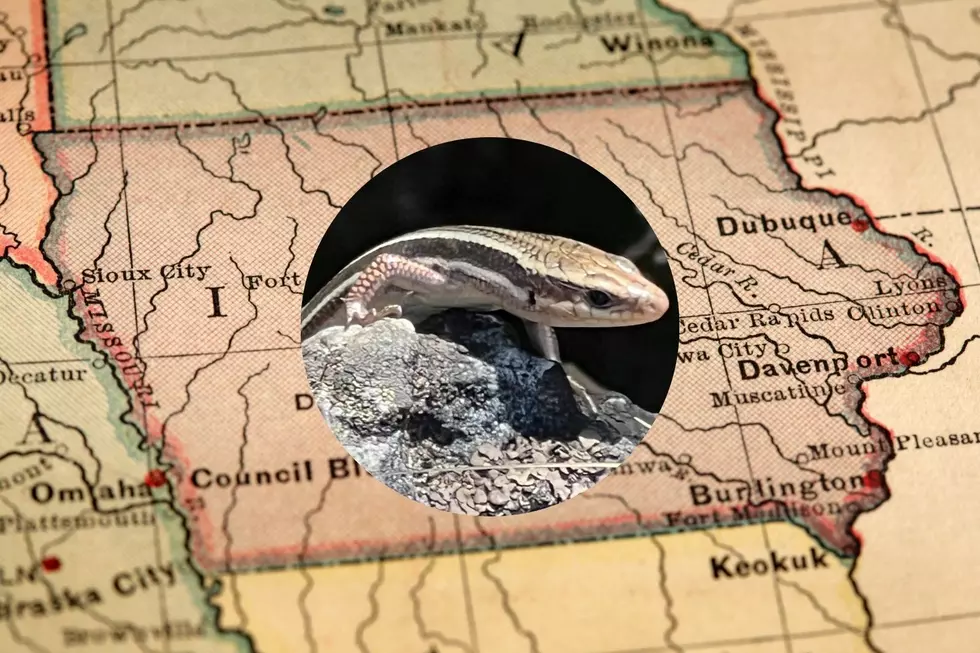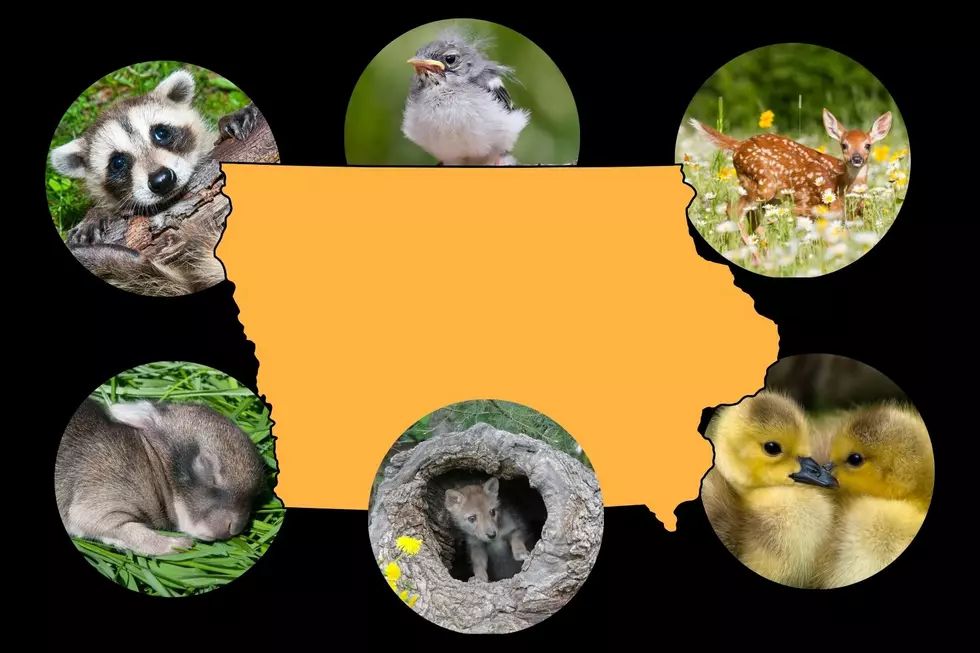
Has Iowa Been Overrun By Giant Mosquitoes!?
The world's deadliest animal by far, the mosquito causes at least 2.7 million deaths every year. By the way, there are over 3,500 species of mosquitoes, with the estimated number of total mosquitoes in the world reaching into the quadrillions. Mosquitoes, often regarded as tiny but relentless pests, play significant roles in ecosystems worldwide.
Despite their diminutive size, these buzzing insects wield a potent impact on human health and wildlife. Acting as vectors for diseases like malaria, dengue fever, and Zika virus, they pose substantial threats to public health, particularly in tropical regions. Mosquitoes also serve as a vital food source for various organisms, including fish, birds, and bats, contributing to the intricate balance of ecosystems. Their distinctive high-pitched whine and itchy bites have made them a universally recognized nuisance, prompting extensive efforts in pest control and research into novel methods for mitigating their populations.
Aedes aegypti mosquito larvae.
This insect, however, is not one of them; meet the Crane Fly.
In March these guys started to appear in Iowa, and with our recent cold snap done more and more are emerging. Although they may look like they would take a pint or two of blood from you, it's quite the opposite. Picture this: you're chilling in your backyard, sipping lemonade, and suddenly, you spot this gangly insect cruising around. At first glance, you might think, "Whoa, giant mosquito alert!" But fear not, my friend, because that's where the crane fly struts in, ready to steal the spotlight.
If you do see a Crane Fly it's most likely not long before they die. They only have one goal when they mature: breed (seen here) and repeat the cycle.
So, what's the deal with crane flies? Well, for starters, they've got legs for days! Seriously, these guys make daddy-longlegs jealous. With their slender bodies and elongated limbs, they're like the supermodels of the insect world. But here's the kicker – despite their mosquito-esque appearance, they're as harmless as a butterfly on a summer breeze.
Unlike their bloodsucking cousins, crane flies are all about that chill life. They don't have time for your blood – they're too busy sipping nectar from flowers and spreading those good insect vibes. Plus, many species of adult crane flies don't eat at all and don’t even have mouths, as they are never alive long enough to use one.

For crane flies, most of the eating is done during their larval stage. In this stage, they usually feed on decaying plants and vegetation. Some species are reported to eat the roots of forage crops, like grass or hay, and the seedlings of field crops, but this is fairly rare.
This is a leatherjacket, aka the larval stage of a crane fly.
Now, let's talk habitat. These bugs aren't picky – you'll find them hanging out in all sorts of places, from lush lawns to compost piles. They're like the party guests who show up wherever there's good food and company. And when it comes to reproduction, crane flies have got it down to a science. The ladies lay their eggs in damp spots, and before you know it, you've got a bunch of tiny larvae wriggling around, ready to take on the world.
But, let's address the elephant in the room – or should I say, the "mosquito" in the yard? Yep, I'm talking about those "leatherjackets," the larval form of crane flies. Sure, they might munch on some grass blades here and there, but cut them some slack, they're just trying to make a living in this bug-eat-bug world.
Now, here's the real kicker – crane flies aren't just any old bugs. Oh no, they're the unsung heroes of our ecosystem, playing a crucial role in breaking down organic matter and keeping our soil healthy. So, the next time you spot one of these gentle giants flitting about, give 'em a round of applause – they deserve it!
Creepy-crawly, but absolutely harmless.
And hey, if you ever find yourself face-to-face with a crane fly in Iowa, remember to appreciate their gentle presence. After all, they're just trying to make their mark in this big, buzzing world. So, here's to the crane fly – may they continue to soar high and spread their bug-tastic charm wherever they go!
LOOK: 20 of the biggest insects in the world
Gallery Credit: Andrea Vale
WATCH OUT: These are the deadliest animals in the world
More From Eagle 102.3









